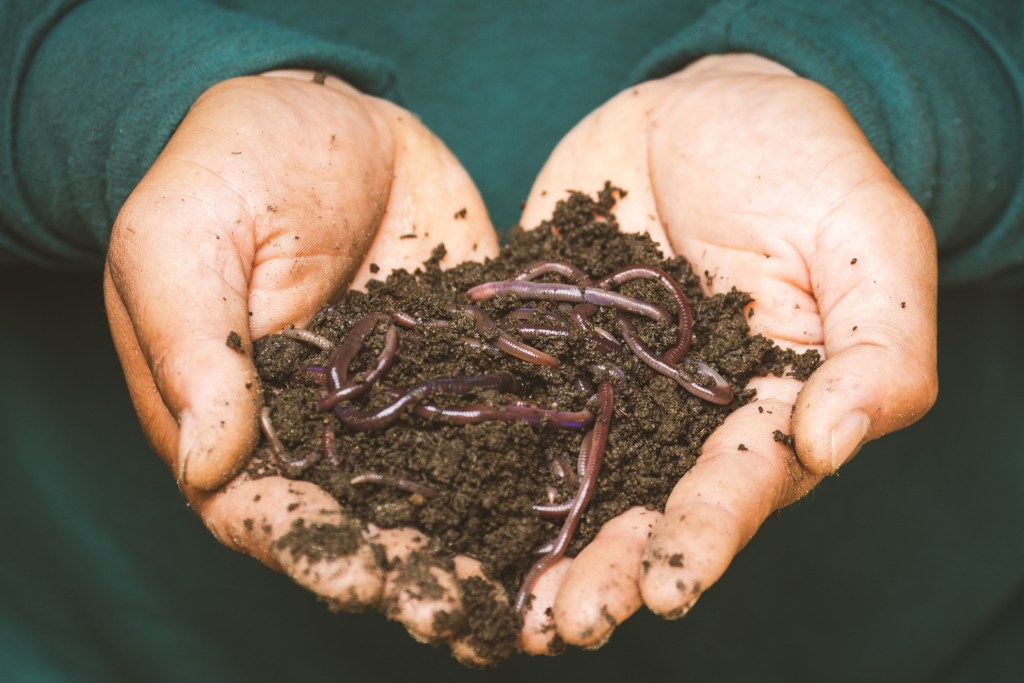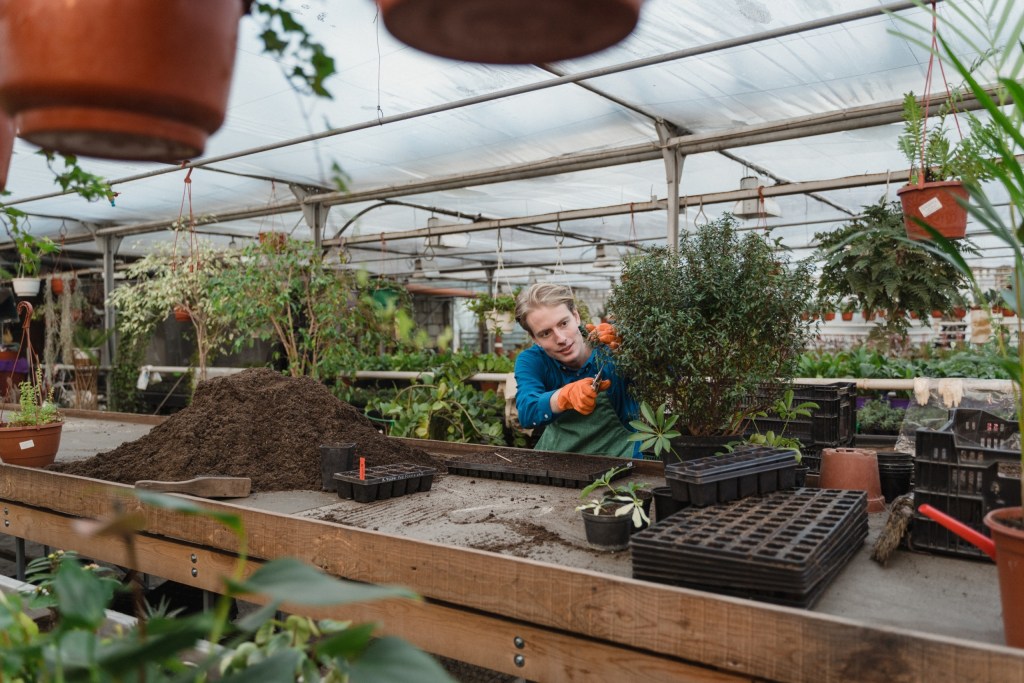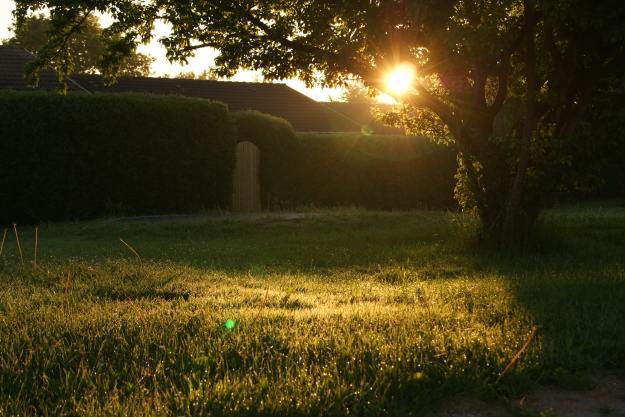People are composting today like never before, and because of that, specific questions arise. Among those is whether you can use compost as a source of heat. If so, is heating a greenhouse with compost possible?
The answer is yes, you can indeed heat a greenhouse with compost. The idea for doing so dates back to the 1980s. The rudimentary sparks of the idea were actually already being implemented during the 1940s during World War II. At the time, people were heating their greenhouses using decomposing straw. In any case, there is an emphasis on sustainability in almost everything we do in today’s world, and using compost to heat your greenhouse fits the bill. In this article, we’ll discuss compost heating and how to heat your greenhouse with it!

Principles of heating with compost
During the composting process, microorganisms break down organic matter. As the organic matter breaks down, it creates heat, water, and carbon dioxide. Amazingly, microbial activity makes a lot of heat. In fact, it can produce temperatures of up to 130° to 170° F, which is enough to kill harmful bacteria and weeds.
Additionally, this same heat can be used to create optimal temperatures inside a greenhouse during the winter. The organic matter in the compost, the length of time it takes to decompose, and other conditions help determine the amount of energy and heat generated.
Composting basics
Not all forms of composting will heat your greenhouse. As a quick reminder, remember that there are three main ways of composting. These are cold, worm (vermiculture), and hot composting.
Cold composting occurs when you pile organic waste into one specific spot and simply allow natural processes to go to work. Gardeners consider this the easiest method since you can just put more material onto the compost heap as it becomes available. Worm composting is a process that uses red worms to eat up particular types of paper waste and food. Using these worms helps to create a nutrient-dense fertilizer. Then there is hot composting, which is the only type we’re concerned with in this article. It’s the only kind that will provide the amount of energy necessary to heat your greenhouse sufficiently.
Hot composting: A how-to guide
Before you begin, you need to understand the difference between brown and green materials. Brown materials provide carbon, and green materials provide nitrogen. The ratio for the compost needs to be one part nitrogen to two parts carbon. An easy way to create this is just to use one bucket when gathering your green materials and two for your brown materials before dumping them all together into a heap or bin.
A pro tip is that if you have farm animals like chickens, horses, goats, or ducks, you can use their manure as part of your compost’s “green materials.” This reduces their overall waste and helps you in your composting efforts. Their waste is considered safe for composting.
Now, the following might sound complicated, but it’s really not. Here's what you need to do:
Step 1: Mix waste materials such as paper bags, toilet paper, old newspapers, wood chips, dried leaves, etc., with grass cuttings, food waste, or fresh leaves in a 1:2 ratio of green to brown. Notice that out of the materials listed above, the first group is considered “brown material” while the second is considered “green material.”
Step 2: Wet the compost. You might be surprised to discover that the temperature at the center of the compost will rise up to 155° F within just one or two days.
Step 3: Turn or stir the compost and wet it again at regular intervals.

Heating up your greenhouse
When you get the hang of it, heating up your greenhouse through compost heating can be relatively easy. You can take compost bins that you already possess and use them to warm up particular areas. Alternatively, you can also try using trenches that allow you to stagger the planting rows while maintaining the compost heat in between.
Even though heating greenhouses with compost isn’t the most widespread of practices at the moment, if you’re willing to try it, you’ll discover that you’ve found a low-tech, low-cost (or no cost) method of reducing waste and overall energy consumption. Moreover, you’ll be helping to lengthen your plants’ growing seasons. It’s a win-win all around!
Editors' Recommendations
- A beginners guide on what to grow in your greenhouse for a thriving garden
- What you need to know about light deprivation (or ‘light dep’) greenhouses and how they work
- What to know about BBQ tool storage: How to store your outdoor grill this winter
- The ideal greenhouse temperature and humidity settings for every season
- How to identify vintage wrought iron furniture


